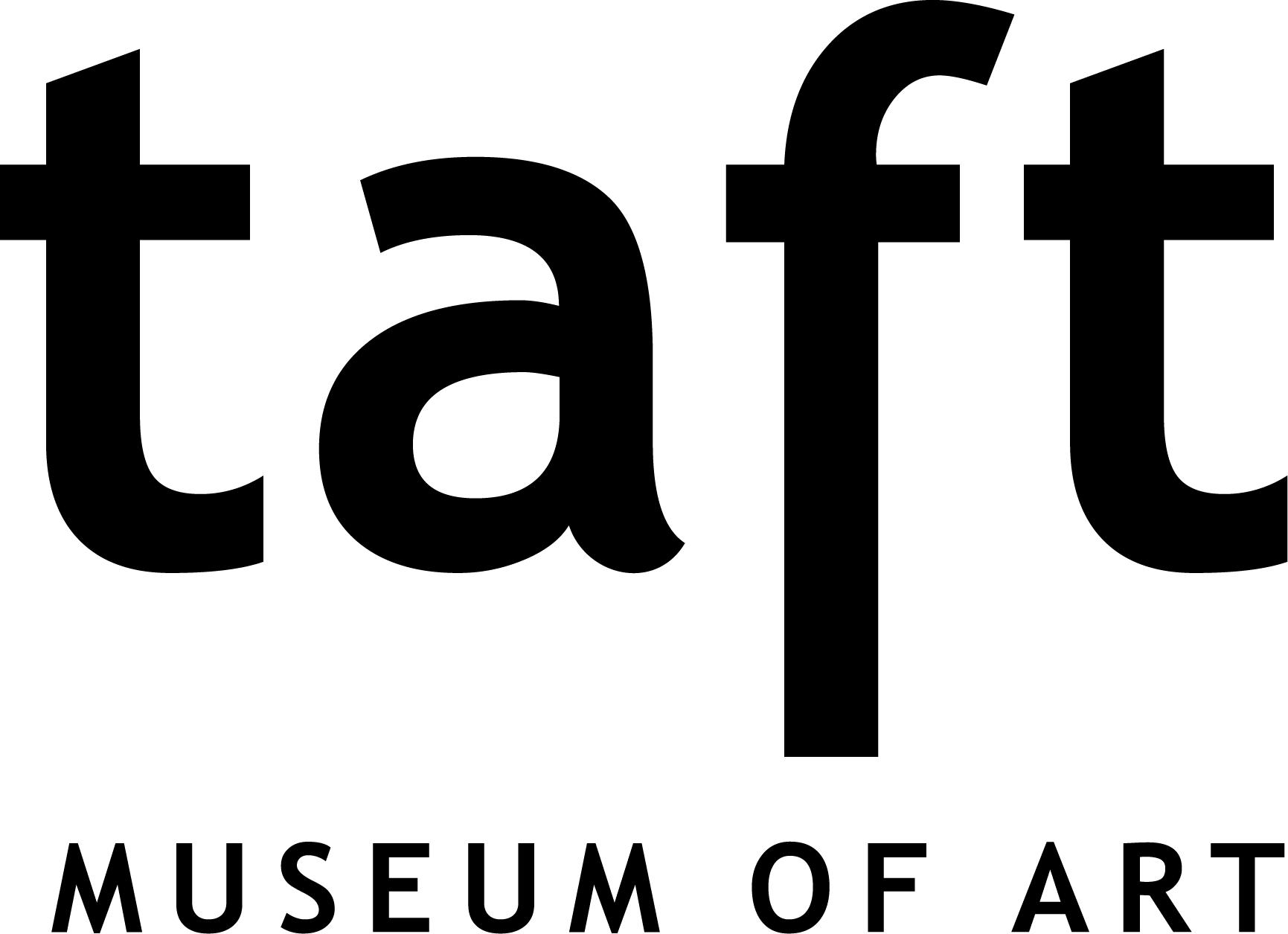Rare Etchings by Rembrandt
The Taft Museum of Art is one of just four museums to present "Rembrandt: Masterpieces in Black and White—Prints from the Rembrandt House Museum," marking the first time in more than 25 years that the Rembrandt House Museum is sharing an exhibition of these rare and exquisite prints from its renowned collection with museums outside the Netherlands. Learn more about the exhibition from Taft Museum of Art Curator, Tamera Lenz Muente.














